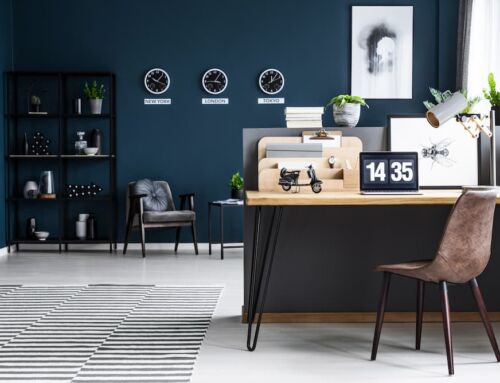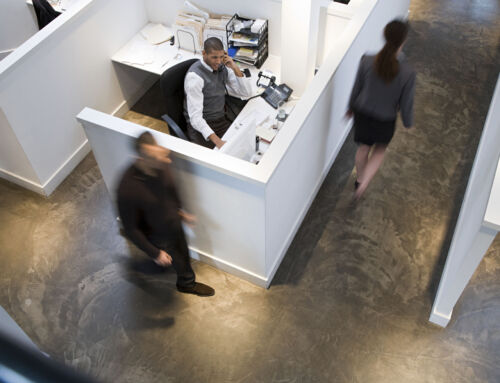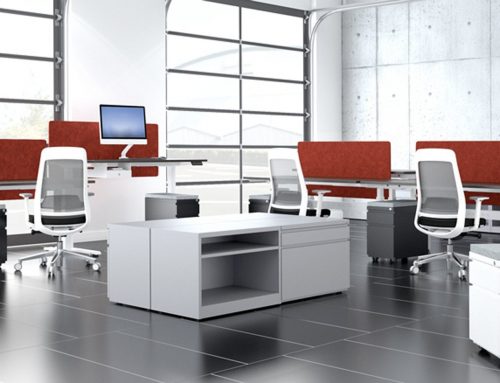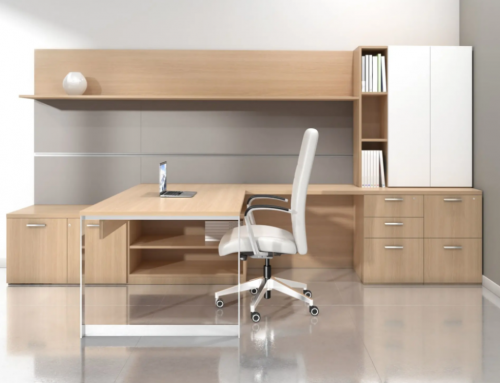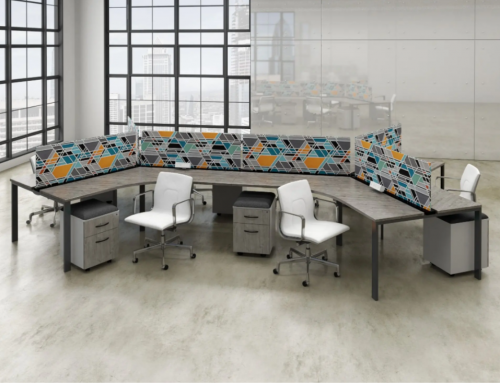Office Design for Functionality
When we think of functionality, it doesn’t often conjure thoughts of design and beauty. However, just because the word itself is a bit officious doesn’t mean that functional can’t be beautiful too. Having an office design for functionality is incredibly important.
If your office space lacks functionality, productivity may suffer, as will staff morale and your employee retention rate. Worker’s compensation claims may increase, as will disability and sick days.
To maintain functionality in office design, there are several fundamental principles to consider:
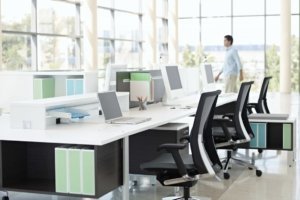 1. Ergonomically designed workstations
1. Ergonomically designed workstations
Employee comfort and wellness is the primary focus of ergonomics. Ergonomic chairs support your employees in a neutral position that reduces eye strain, back pain, and helps to minimize injury from repetitive movements. An ergonomically designed desk should support computers, monitors, and other necessary equipment in such a way that it does not undo the benefits of the ergonomic design.
2. Open space
A cluttered office encourages disorganized habits, while a lot of open space reduces the amount of effort your employees have to expend to get their tasks done. Cramped spaces may make your employees feel like they are on top of each other, amplifying stress and reducing productivity. Open, airy offices allow employees to think freely. Clean sightlines and clear walkways also provide safety in case of an emergency, as exits can be seen clearly, and there will be nothing to trip over on the way out.
 3. Designated areas
3. Designated areas
Providing your teams with a range of designated areas for quiet time, collaboration, meetings, chance encounters, and socializing addresses the way we work today. Varied environments spark creative thinking and encourage spontaneous collaboration, turning casual conversations into meaningful interactions that lead to innovation.
4. Task-specific areas
By grouping employees together that do similar tasks, it makes it much easier to accommodate their needs effectively. For example, by placing admin services close to the reprographics room, it will facilitate and streamline their workflow. Sales and marketing should be located nearby as their work goes hand-in-hand.
5. Meeting, huddle, and conference rooms
Space needs to be provided for collaboration, whether it’s an ad hoc meeting between two team members, a brainstorming session that includes the whole team, or a presentation to the c-suite. These areas should be placed dynamically, encouraging their use, whether it is planned or spontaneous.
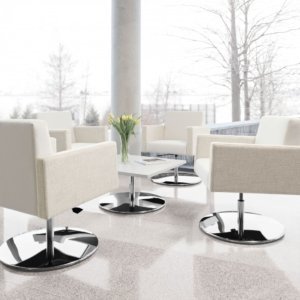 6. Social Spaces
6. Social Spaces
Having a place to go that allows employees to step away from their work not only enable them to refresh, but it may well lead to spontaneous conversations that spark new ideas. Social space in the office should be easily accessible by all employees, but far enough away from work areas that it provides a real break from their tasks. Having a social space also to encourage working relationships, building stronger teams, and fortifying your efforts toward the greater goal.
The bottom line in office design is this: no matter what industry you are in, your employees need to concentrate, share ideas, work in teams, and choose their workspace based on the task that needs accomplishing. Designing your office with functionality in mind ensures happy employees and a prosperous future.
If you would like to learn more about making your office design more functional, we’d love to help. Reach out today to set up a consultation.
